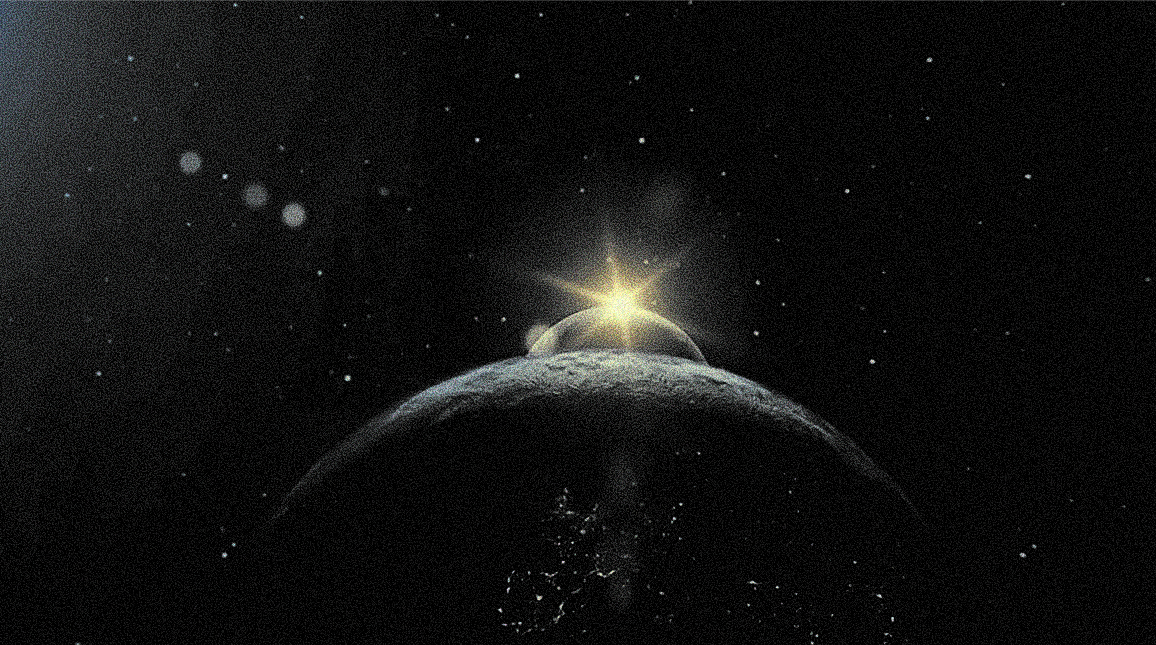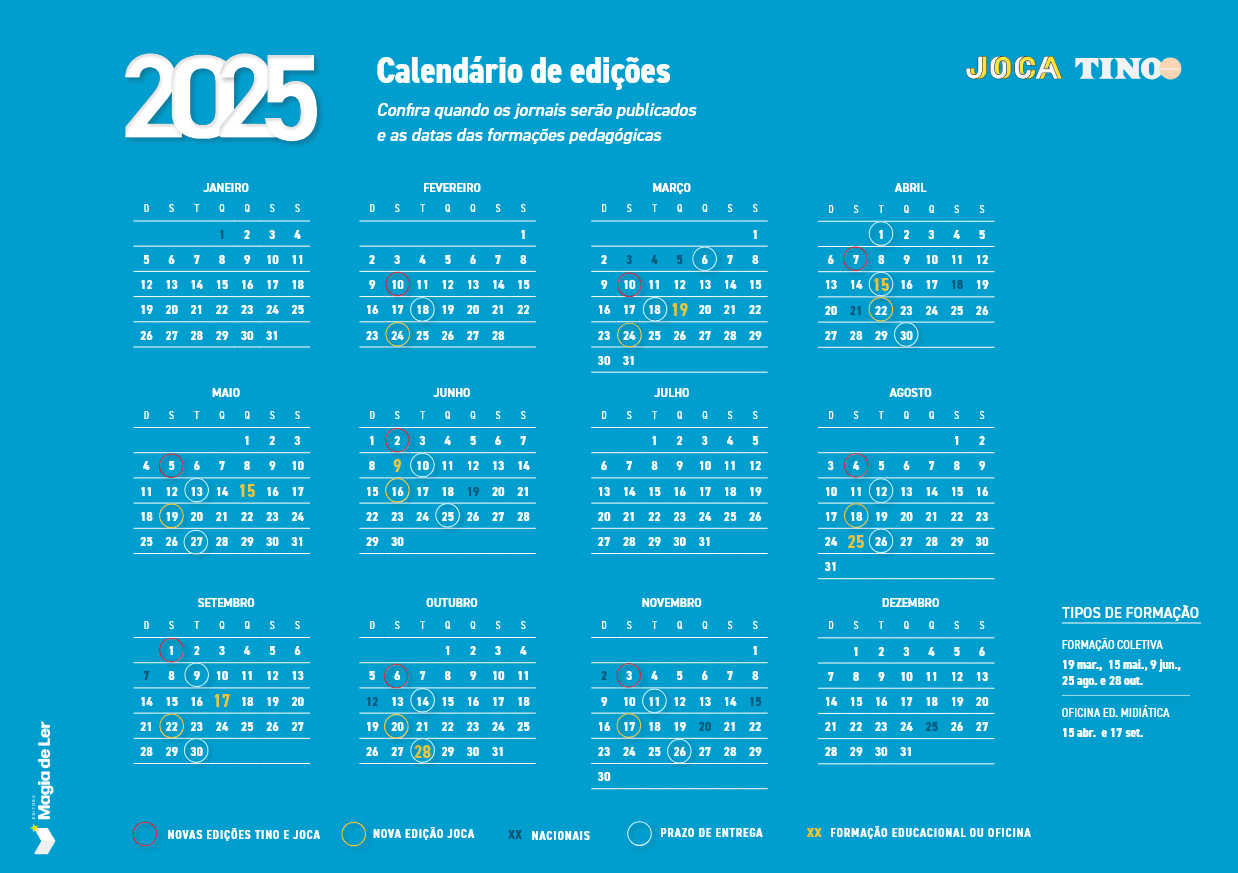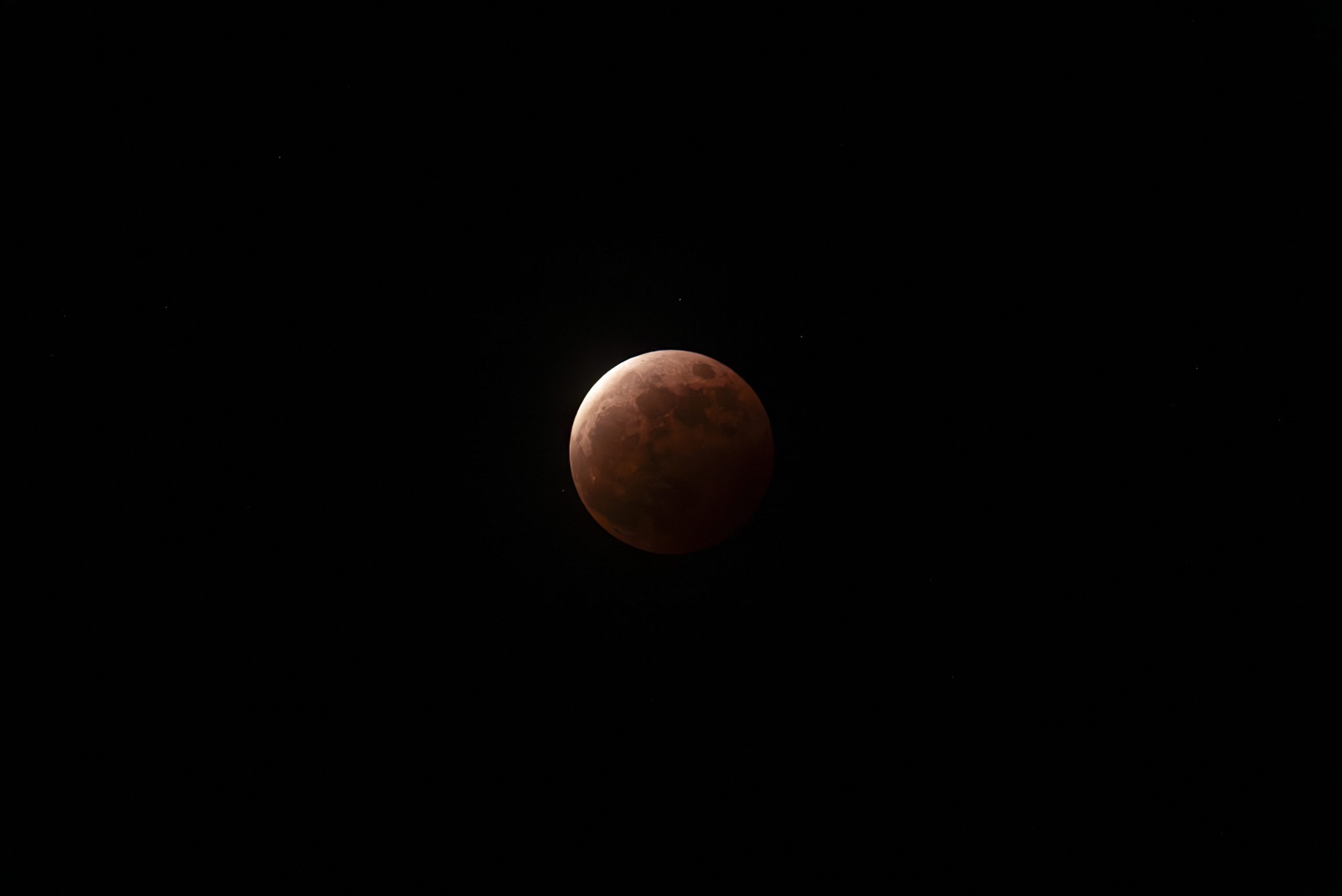Edições Impressas
28 de março de 2024
Total solar eclipse in April will be most viewed in history – Level 3
Article published in Joca 220

A TOTAL SOLAR ECLIPSE will take place on April 8, 2024. The phenomenon occurs when the Moon comes in between the Sun and the Earth, darkening the sky. Passing through Canada, the United States, and Mexico, it can be seen by 31.6 million people, making it the most viewed in history.
Several North American cities, which are lined up along the Moon’s trajectory during the eclipse, have already reported an increase in hotel bookings from people who plan to travel to see the phenomenon. Sarah Harvey, director of communications for the Niagara Falls, in the USA, told the news portal Skift that the area is preparing to host close to one million visitors.
According to the schedule on the official NASA (the US space agency) website, another solar eclipse will take place on October 2nd of this year. However, unlike the one in April, it will be annular, which means that the Moon will be further from the Sun and will cover only the center of the star, leaving the edges exposed.
Before the total eclipse on April 8th, the most recent one took place on December 4, 2021. It was visible only in Antarctica, South Africa, and the South Atlantic region. The next eclipse (after this year) will be in August 2026.
THE ECLIPSE IN BRAZIL
For those in Brazil, the best way to track the eclipse will be via live broadcast on NASA’s official YouTube channel. Use the QR code to view it and plan for it. And did you know that it is not safe to look directly at an eclipse?
STAR SYSTEM WILL EXPLODE THIS YEAR
aIn 2024, it will also be possible to witness the explosion of a star system. The T Coronae Borealis (T CrB), which is 3000 light years away from Earth, explodes every 80 years and creates something similar to a star in the sky. The phenomenon will be visible to the naked eye for a few days, including in Brazil, and after, for one week with the help of binoculars. The exact date is not yet known, but it is likely to take place by September.
Glossary
LIGHT YEAR: the distance traveled by light in one year. It is equivalent to approximately 9,461,000,000,000 kilometers.
Ixi! Você bateu no paywall!
Ainda não é assinante? Assine agora e tenha acesso ilimitado ao conteúdo do Joca.












Você precisa fazer o login para publicar um comentário.